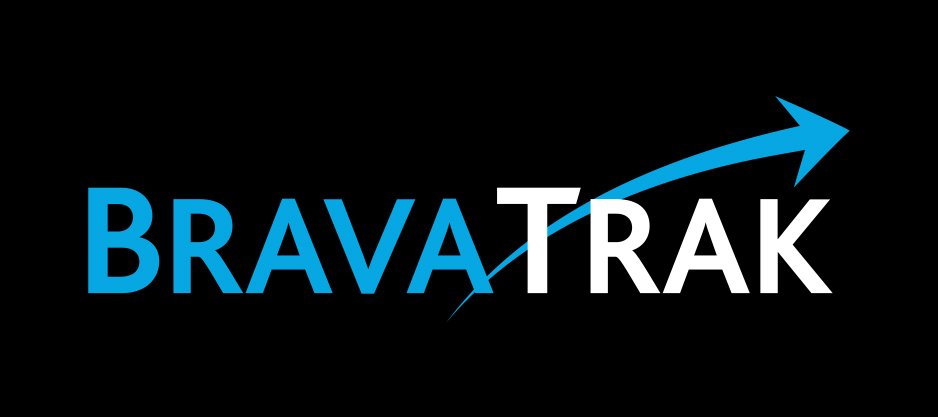The Best Hybrid Working Model For Contact Centers
Transcript
Hi there, this is Blair from BravaTrak.
I've been thinking further about what a hybrid work model should look like for contact centres, moving forward.
Last week I mentioned research undertaken at MIT found that communication plays an important role of building successful teams. And that face-to-face social time is deeply critical to team performance. Even in a setting as efficiency focused as a contact centre.
Now, the results of that research were published back in 2012. So I thought today I'd discuss the results of a more recent study published in 2019, that studied the influence of working from home on team performance.
This was a large scale study involving nine European countries, 869 teams and a little over 11,000 individuals. The study resulted in three findings.
Firstly, they found that individual employees perform better when their coworkers do not work from home.
Secondly, they found that team performance is worse when team members often work from home. They discovered that team productivity is higher when team members work from home no more than one day a week.
Thirdly, they found that working from home leads to lower individual performance, because of social and professional isolation.
These findings are pretty much what you'd expect, given the MIT finding that 35% of the variance in a contact centre team's performance can be accounted for simply by the number of face-to-face interactions between team members.
The take away for me is that to maximise contact centre team performance, a robust hybrid model would factor in team members working together in-centre four days a week, and working from home only one day a week.
This approach still allows some of the facility cost savings senior leaders are seeking, while maximising contact centre team productivity and performance.
Well, that's my take. What do you think?
